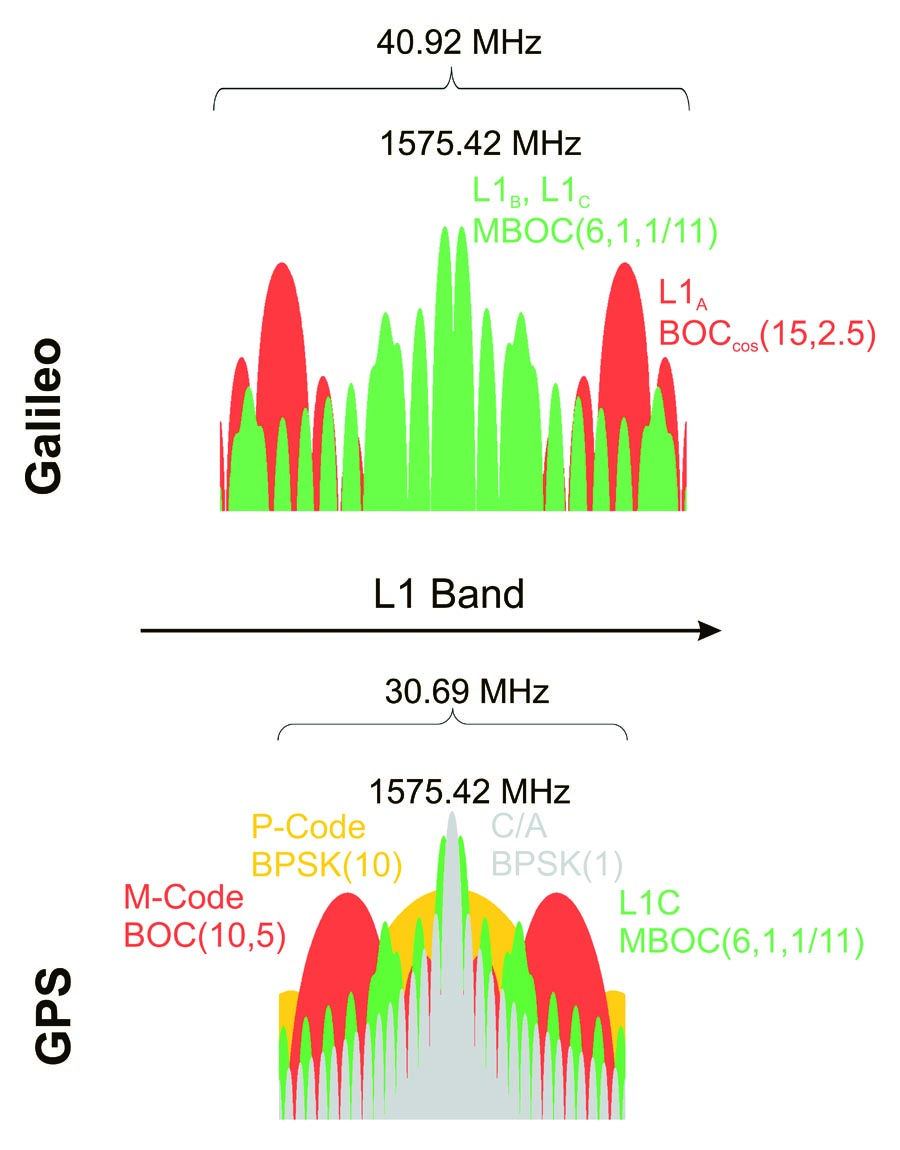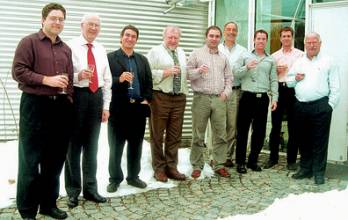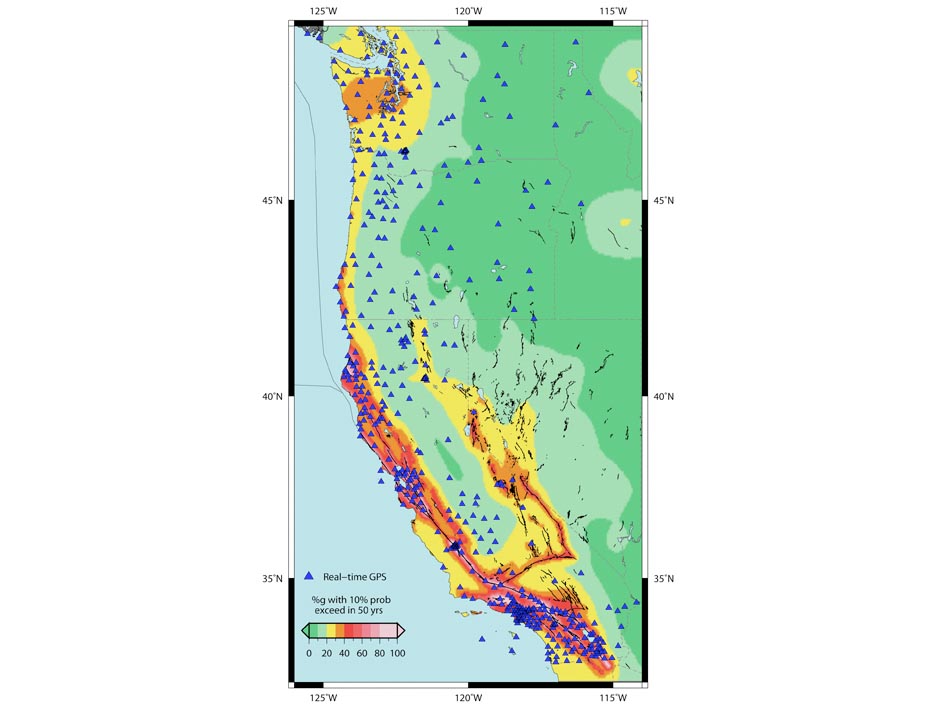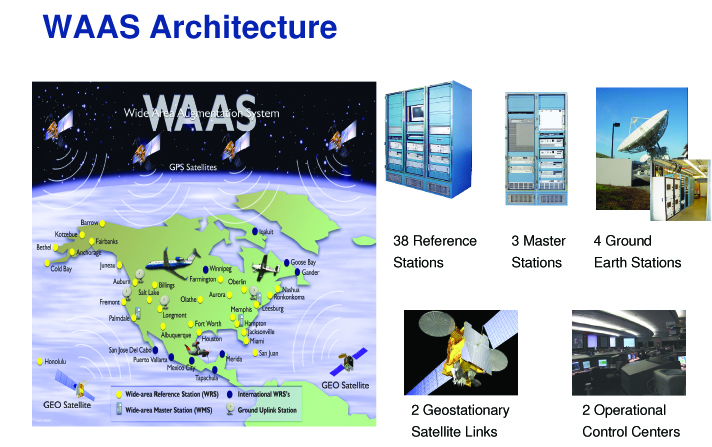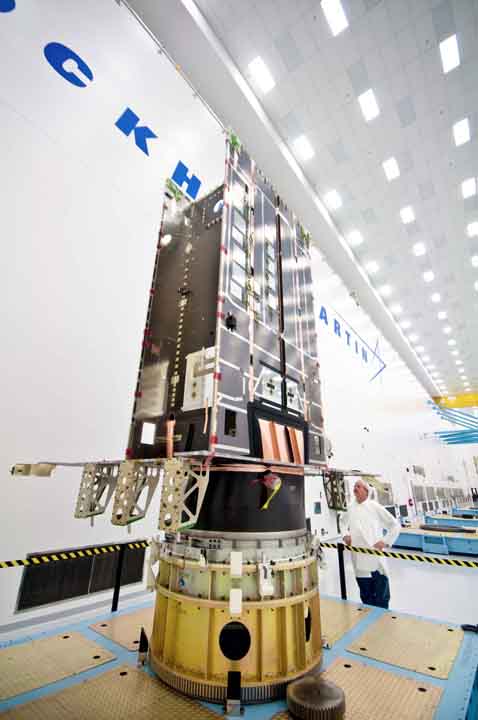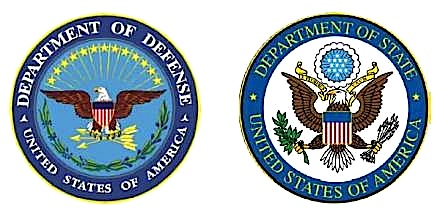Cybersecurity Bills Could Reshape GPS Anti-Interference Efforts
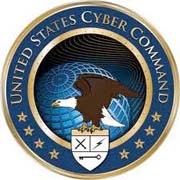
Legislation moving through Congress could reshape efforts to counter GPS interference as the government steps up its efforts to fight cybercrime and protect critical systems like the power grid and communications networks.
Though cybersecurity generally focuses on protecting information systems the broad definitions in some legislation now on the Hill appear to encompass GPS support systems, some user communities, and even the constellation itself.
By Inside GNSS
